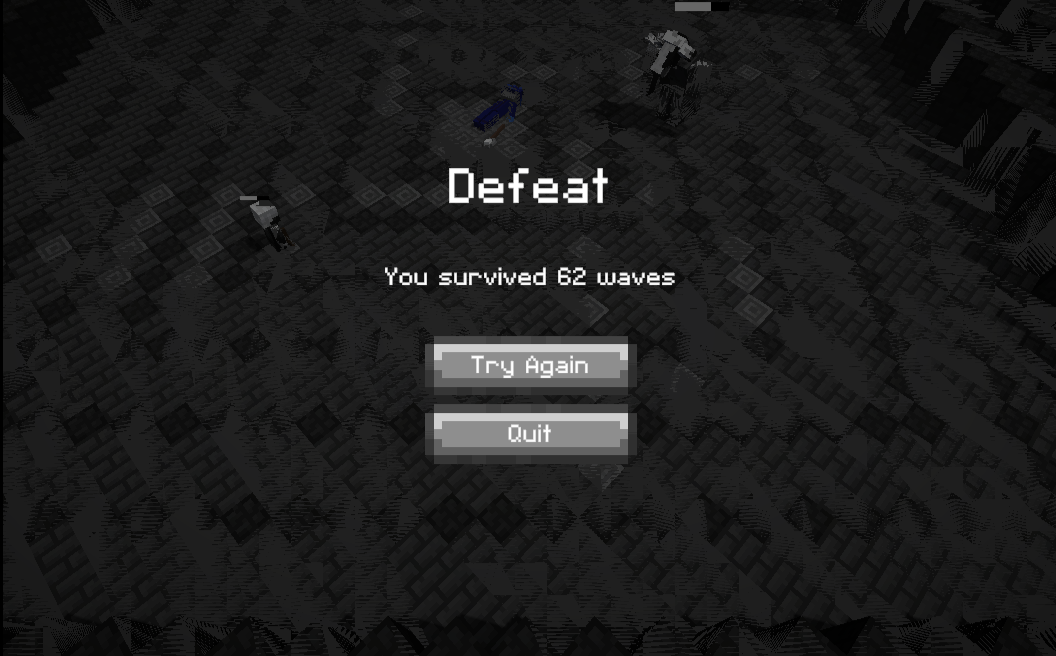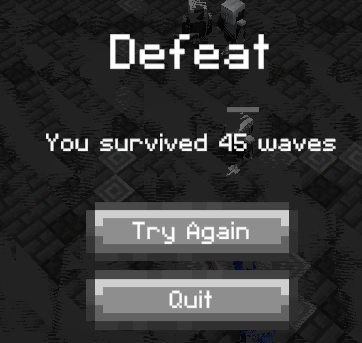Is there a way to disable or make thinner, the black grid line overlay?
CodaRyu
Recent community posts
There's a glitch where if you change your mind and switch a card part, the turns-for-attacking card part disappears, making it unselectable that turn.
If you don't have any more turns-for-attacking card parts, you just cant send heroes until the next turn and take damage or die.
Very infuriating glitch.
Being unable to spawn more than one hero in the same turn but the enemy can have multiple is awkward. Feels a lot more constraining, especially because you get vulnerable to the enemy possibly killing the hero and then having a spare attack remaining, regardless of whether you have 3 strong heroes ready to defend.
Upgrade cost balancing is done very well so far.
UI could be improved a little, maybe add a tiny bit of screen shake for satisfying oomph, that decreases in proportion to how quickly you destroy asteroids (so it doesn't get ridiculous towards endgame, but is still satisfying when you destroy the first two asteroids in the game), etc.
A large number of interactable things when starting makes it very unfriendly for beginners from choice paralysis.
The bad UI scaling that requires a massive display while fullscreen is also awkward.
The lack of a tutorial just compounds these issues.
It could be pretty cool, if these three main things were addressed.




